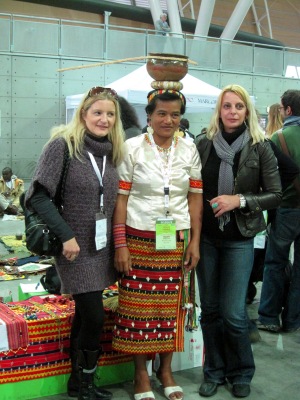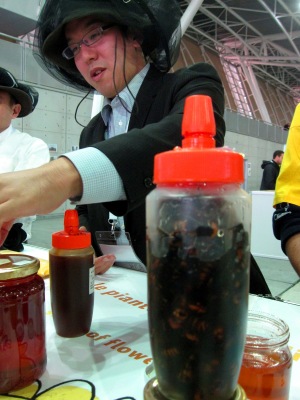In 1986, the first branch of McDonald’s in Italy opened in the heart of Rome, at the Piazza di Spagna. As in many other countries, protesters howled and demonstrated. One man took decisive action.
Carlo Petrini, or Carlin as he is known to Italians, has quietly grown from being a little-known left-wing journalist, to becoming the leader of one of the world’s largest food activism organizations. Concerned about the encroachment of multinational influence on traditional food culture, he built a resistance movement to defend and protect local food ecosystems, a counterpoint to the unrelenting onslaught of corporate hegemony.
Today, Slow Food spans over 100,000 members in 153 countries, promoting thousands of small-scale producers, communities and educational initiatives. I sat down to interview Petrini (in Italian!), and asked him about the direction of Slow Food, the global food system, and what you can do to get involved.
In America, there are many people involved with Slow Food, but more who have never heard of Slow Food. For these people, what is Slow Food?
Slow Food is an international movement that is involved in the defense of biodiversity, not only in agriculture and food, but also culture; in the defense of small-scale producers, small farmers, fishermen, and artisans because these small producers are the ones who maintain biodiversity. So, Slow Food is a network of these actors that will grow ever stronger, until it finally reaches every country in the world. However, it makes no pretense of having a strong structure or hierarchy–no, it is very, very agile.
Continue reading A Chat with Slow Food Founder Carlin Petrini



